Books
8 essential mysteries from the Golden Age
The ‘Golden Age’ of detective fiction was a period in the early twentieth century when puzzle-based crime fiction – the kind you can theoretically solve yourself – exploded in popularity. Its starting point is usually taken to be Agatha Christie’s first novel, published in 1921. The end is harder to pinpoint, but it’s fair to say that by the late 1950s the world of crime fiction had moved on. The books published in that roughly 35-year period gave us the template for the traditional murder mystery: several suspects gather in a remote location, only to discover there’s a killer among them.
The genre has had a resurgence over the last few years, with modern variations including the blockbuster film Knives Out as well as such enduringly popular TV shows as Midsomer Murders. My book Eight Detectives focuses on a fictional author of Golden Age mysteries, Grant McAllister, who previously worked as a Professor of Mathematics. He tried to work out all the possible variations on the murder mystery format, writing a series of stories to illustrate his ideas. An editor, Julia Hart, approaches him to discuss reprinting these stories, but first she has a few questions of her own.
Here are eight ‘Golden Age’ mysteries that I would consider essential:
The Poisoned Chocolates Case by Anthony Berkeley
The Poisoned Chocolates Case by Anthony Berkeley
This ingeniously structured murder mystery features a circle of crime writers, based on the real-life Detection Club, taking turns at solving a murder.
The Muder at the Vicarage by Agatha Christie
The Murder at the Vicarage by Agatha Christie
The first Miss Marple novel and the best of Christie’s unsettling depictions of village life, it also features her finest (and funniest) writing. She captures the voice of the hapless vicar perfectly.
Gaudy Night by Dorothy L Sayers
Gaudy Night by Dorothy L Sayers
A murder mystery without a murder, this epic novel focuses instead on a series of threatening letters received by the members of an all-female Oxford college. The dark side of academia is captured so well, it’s a worthy forerunner to The Secret History.
The Hollow Man by John Dickson Carr
The Hollow Man by John Dickson Carr
A masked visitor murders someone in their own home, then vanishes. Often considered the best ‘impossible crime’ novel of all time, the real highlight is the extraordinary moment when the detective acknowledges he’s a character in a book and lists all the possible solutions.
And Then There Were None by Agatha Christie
And Then There Were None by Agatha Christie
Christie deserves a second entry for this groundbreaking mystery that upends the genre she did so much to establish. There’s no detective, no clues, just ten suspects, one island and ten(-ish) murders.
Home Sweet Homicide by Craig Rice
Home Sweet Homicide by Craig Rice
Three children solve a murder using tricks they’ve picked up from detective novels. A high-point of the ‘cozy crime’ subgenre and one of the most entertaining murder mysteries I’ve read.
Rim of the Pit by Hake Talbot
Rim of the Pit by Hake Talbot
An underrated classic, Rim of the Pit plays out like a high-stakes episode of Scooby Doo, complete with a cabin in the woods, a seance, a floating phantom, business intrigue and familial rivalries.
The Daughter of Time by Josephine Tey
The Daughter of Time by Josephine Tey
A murder mystery unlike any other, the whole novel centres around a policeman lying in a hospital bed, passing the time by researching Richard III and the murders of the princes in the tower. Has history accused the wrong person?
Have we missed any of the best Golden Age mysteries? Let us know your thoughts in the comments below!
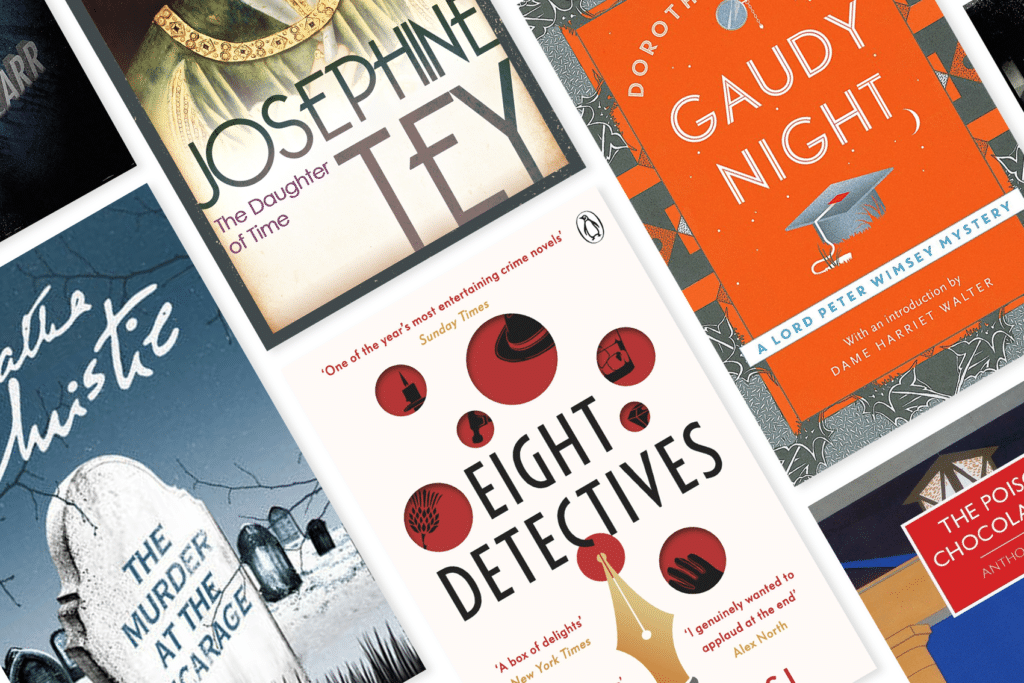

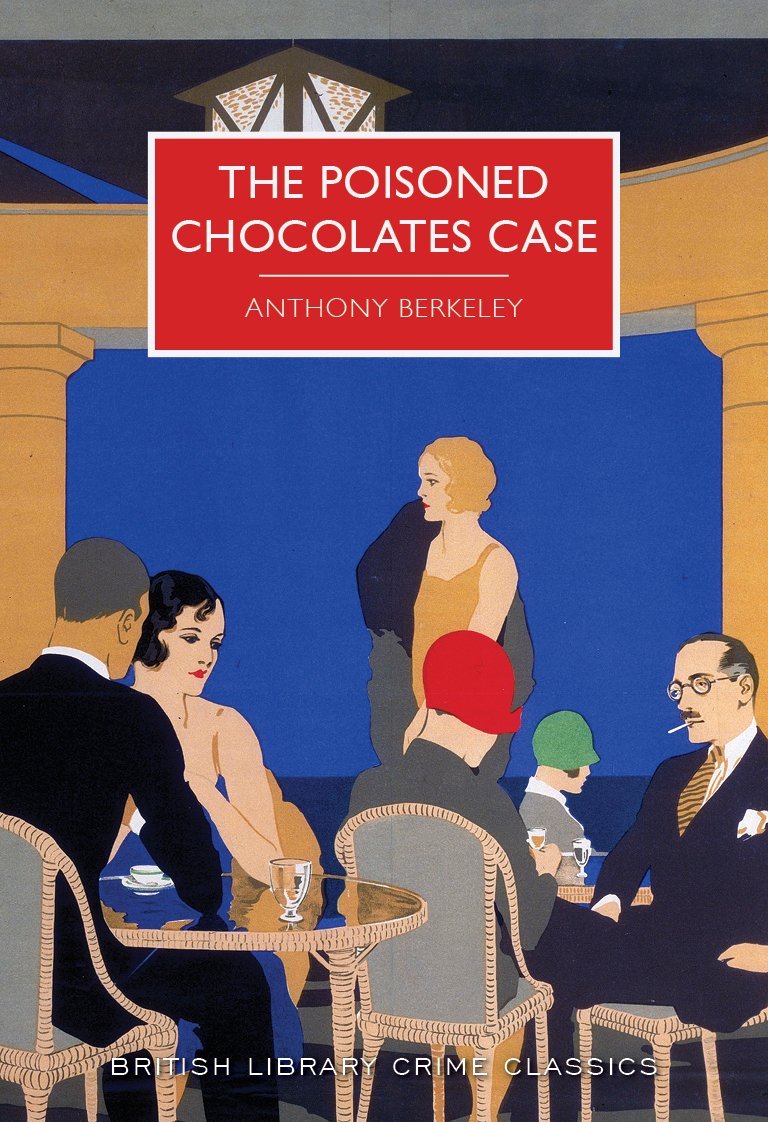
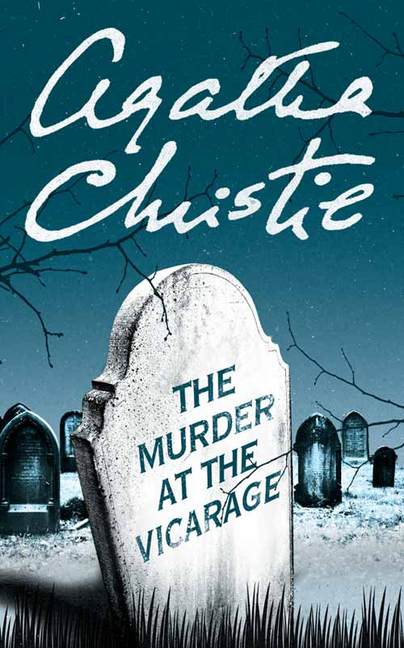
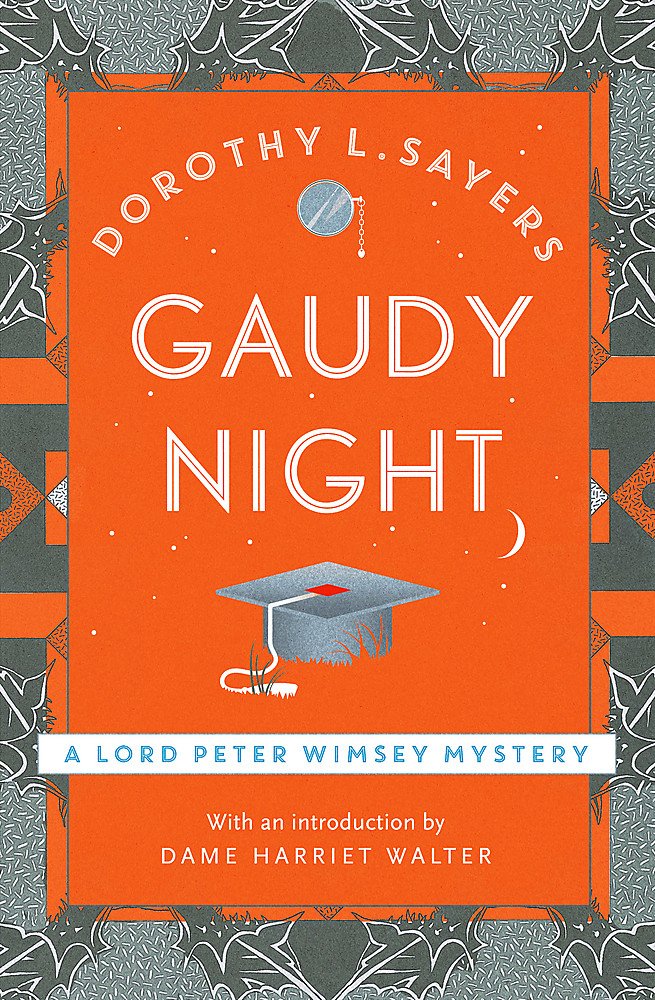
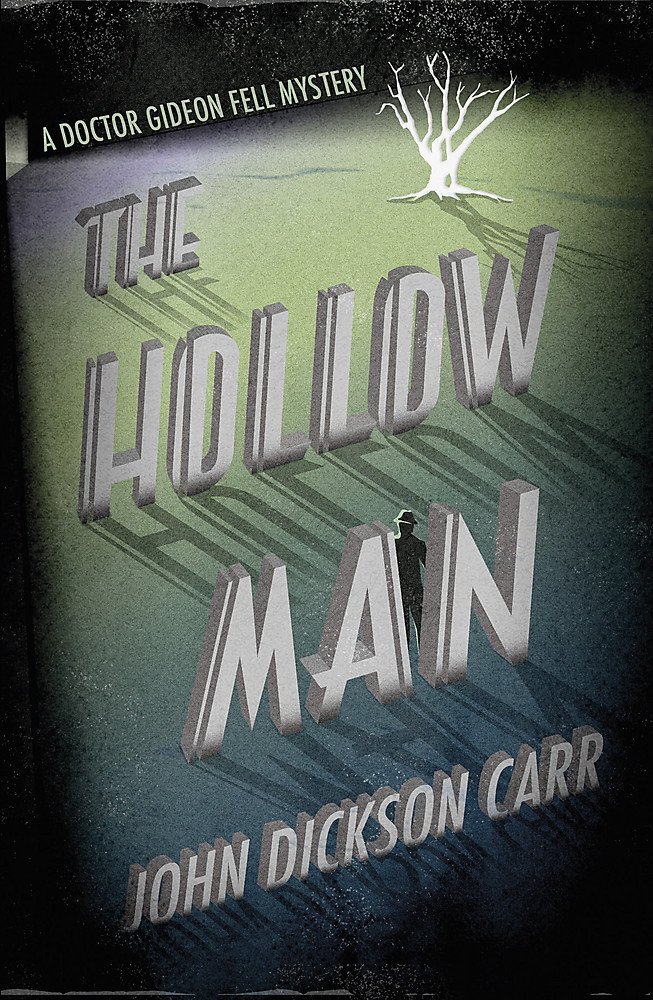
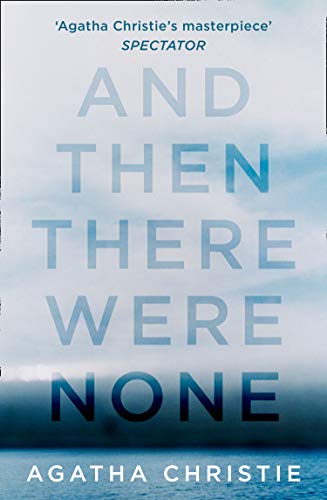
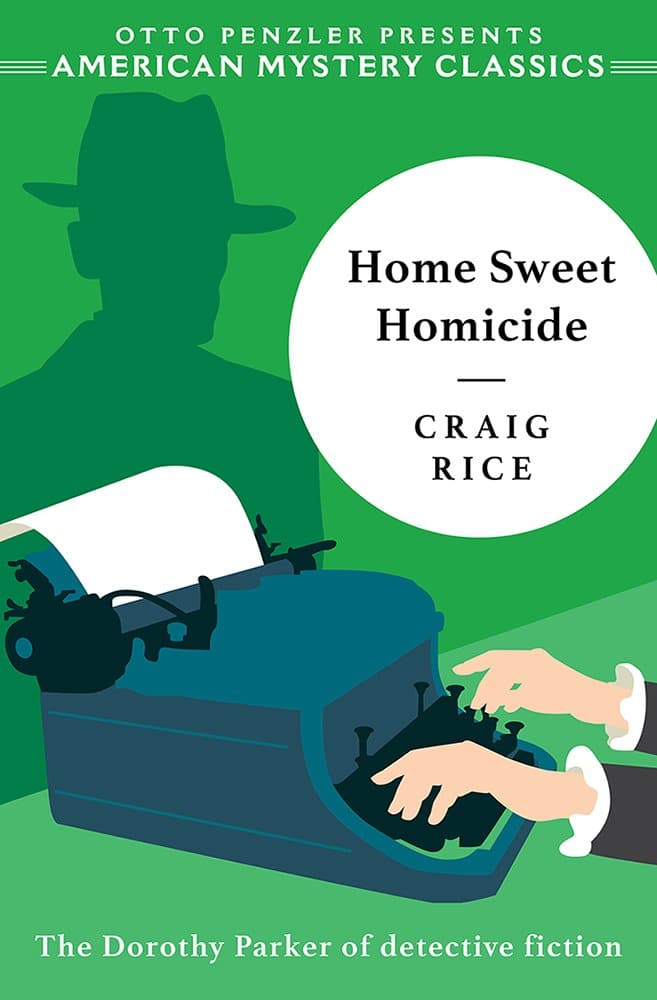
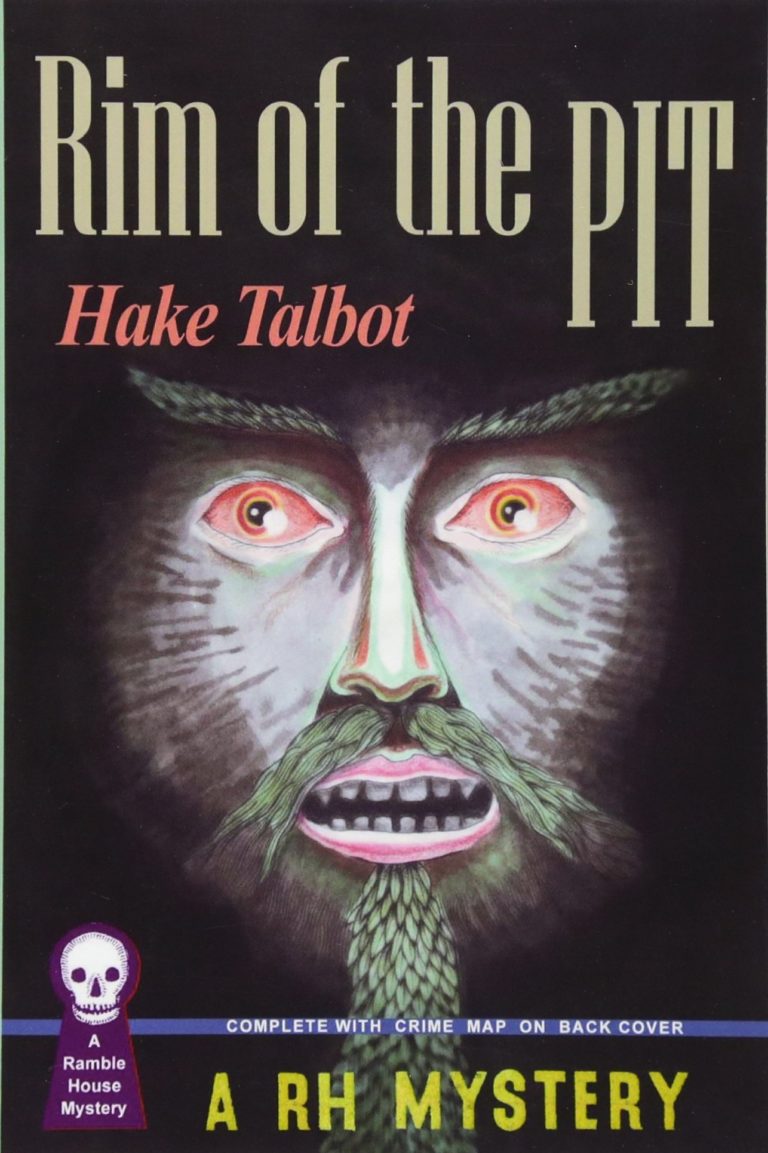
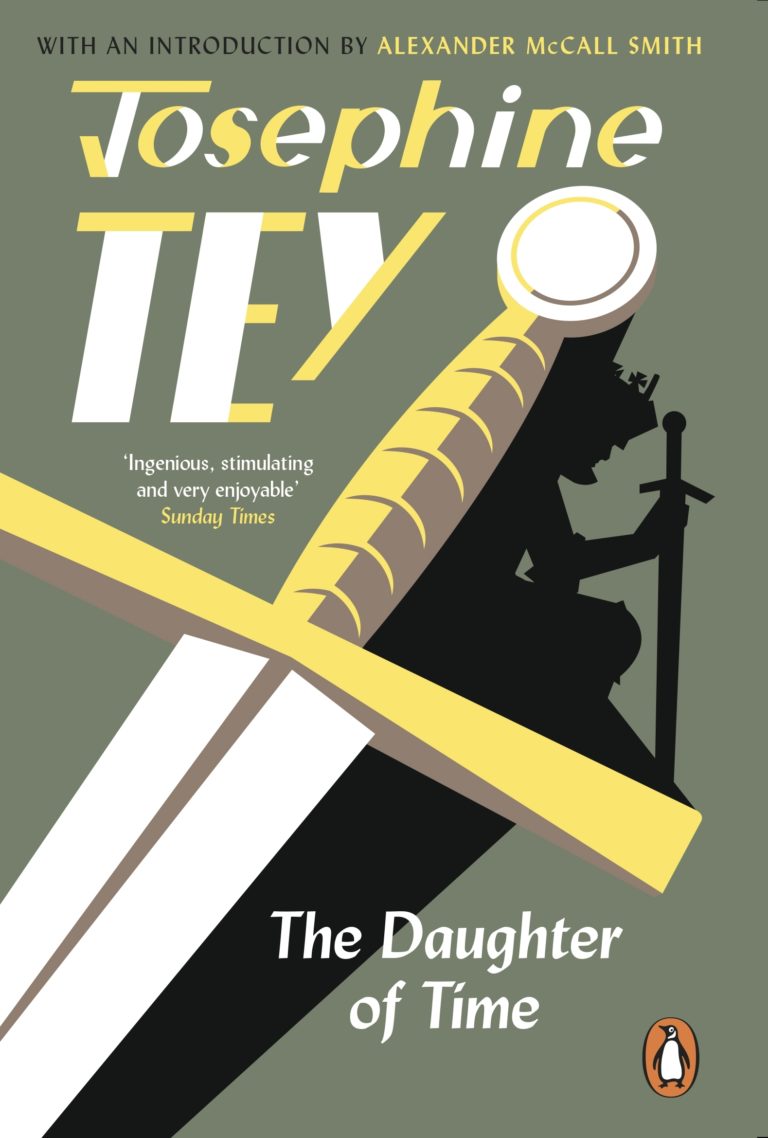
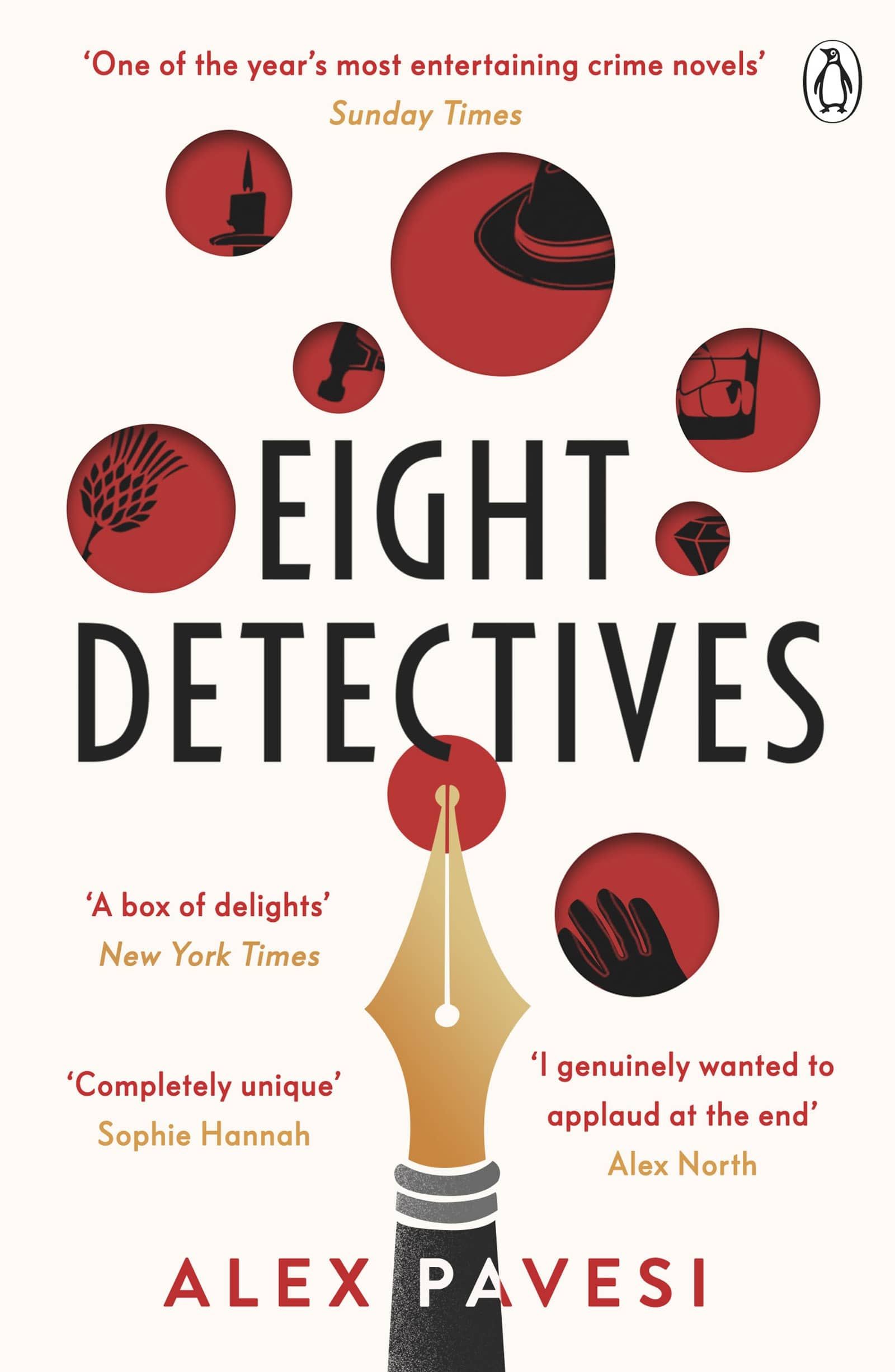

Please note: Moderation is enabled and may delay your comment being posted. There is no need to resubmit your comment. By posting a comment you are agreeing to the website Terms of Use.